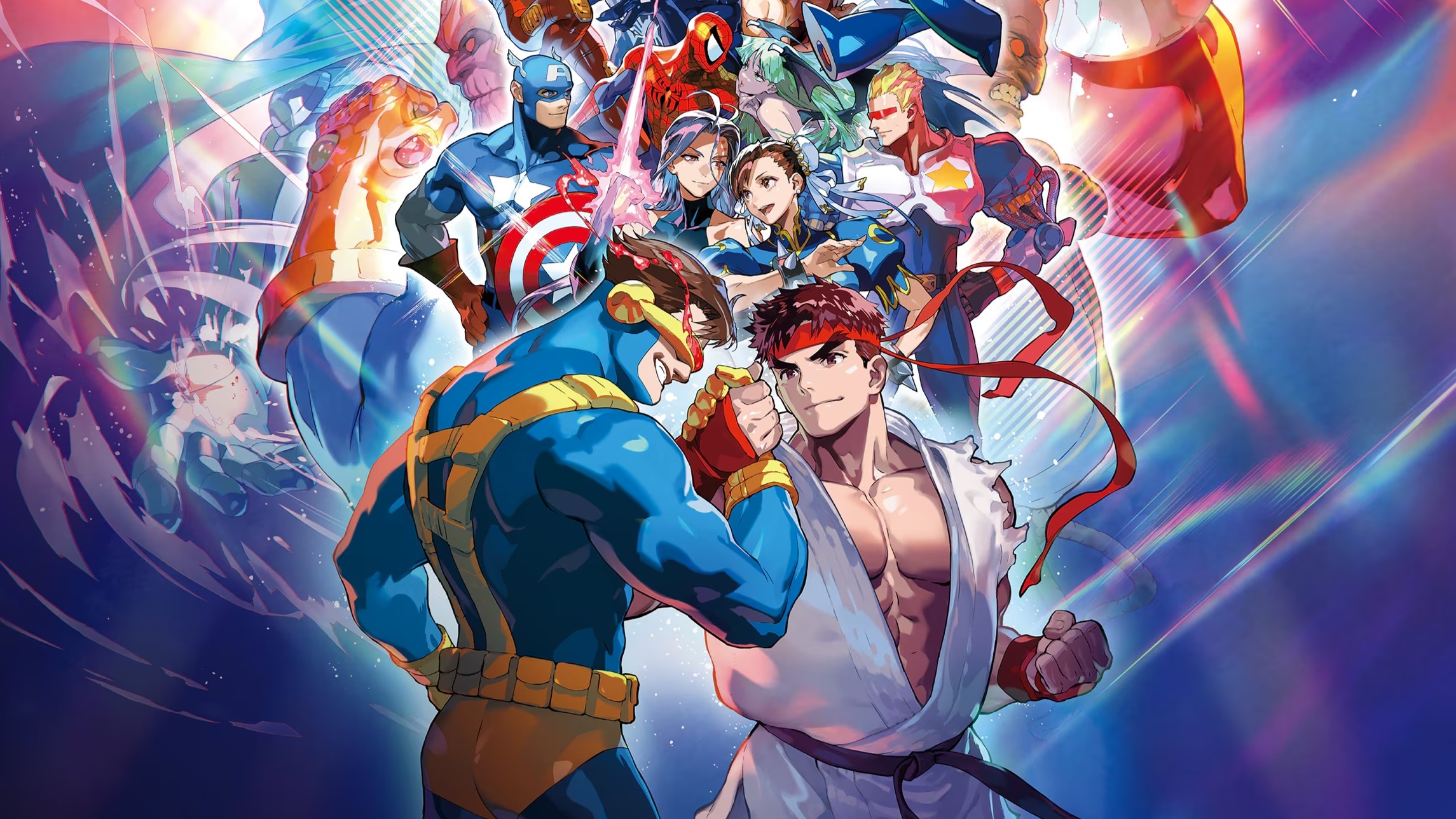Exciting news this week in the world of technology! Get ready for a game-changer with the arrival of a new privacy phone that prioritizes your security! Plus, check out Samsung's stunning 115-Inch Micro RGB TV, priced at $30K – perfect for those who love immersive experiences!
Also, for all the health enthusiasts, Ultrahuman's Ring now tracks ovulation! And if you're eco-conscious, Nomad Cycles is on a mission to create a fully repairable ebike! Sling TV is also making waves with new subscription options tailored just for you!
Let’s embrace these innovations that
Also, for all the health enthusiasts, Ultrahuman's Ring now tracks ovulation! And if you're eco-conscious, Nomad Cycles is on a mission to create a fully repairable ebike! Sling TV is also making waves with new subscription options tailored just for you!
Let’s embrace these innovations that
🌟 Exciting news this week in the world of technology! 📱✨ Get ready for a game-changer with the arrival of a new privacy phone that prioritizes your security! 🚀 Plus, check out Samsung's stunning 115-Inch Micro RGB TV, priced at $30K – perfect for those who love immersive experiences! 🖥️💖
Also, for all the health enthusiasts, Ultrahuman's Ring now tracks ovulation! 🌈 And if you're eco-conscious, Nomad Cycles is on a mission to create a fully repairable ebike! 🚴♀️♻️ Sling TV is also making waves with new subscription options tailored just for you! 🎉
Let’s embrace these innovations that













